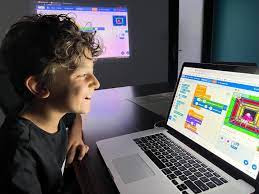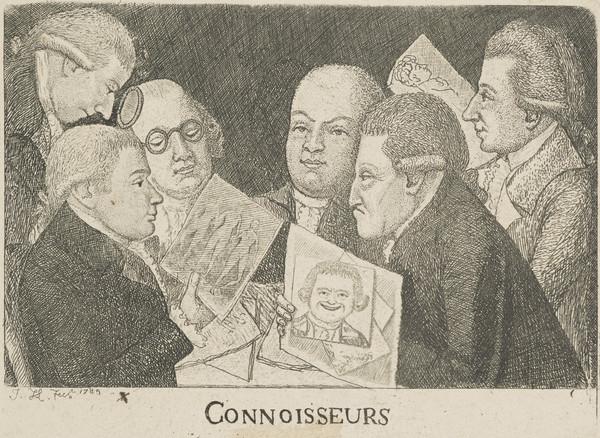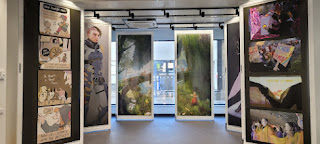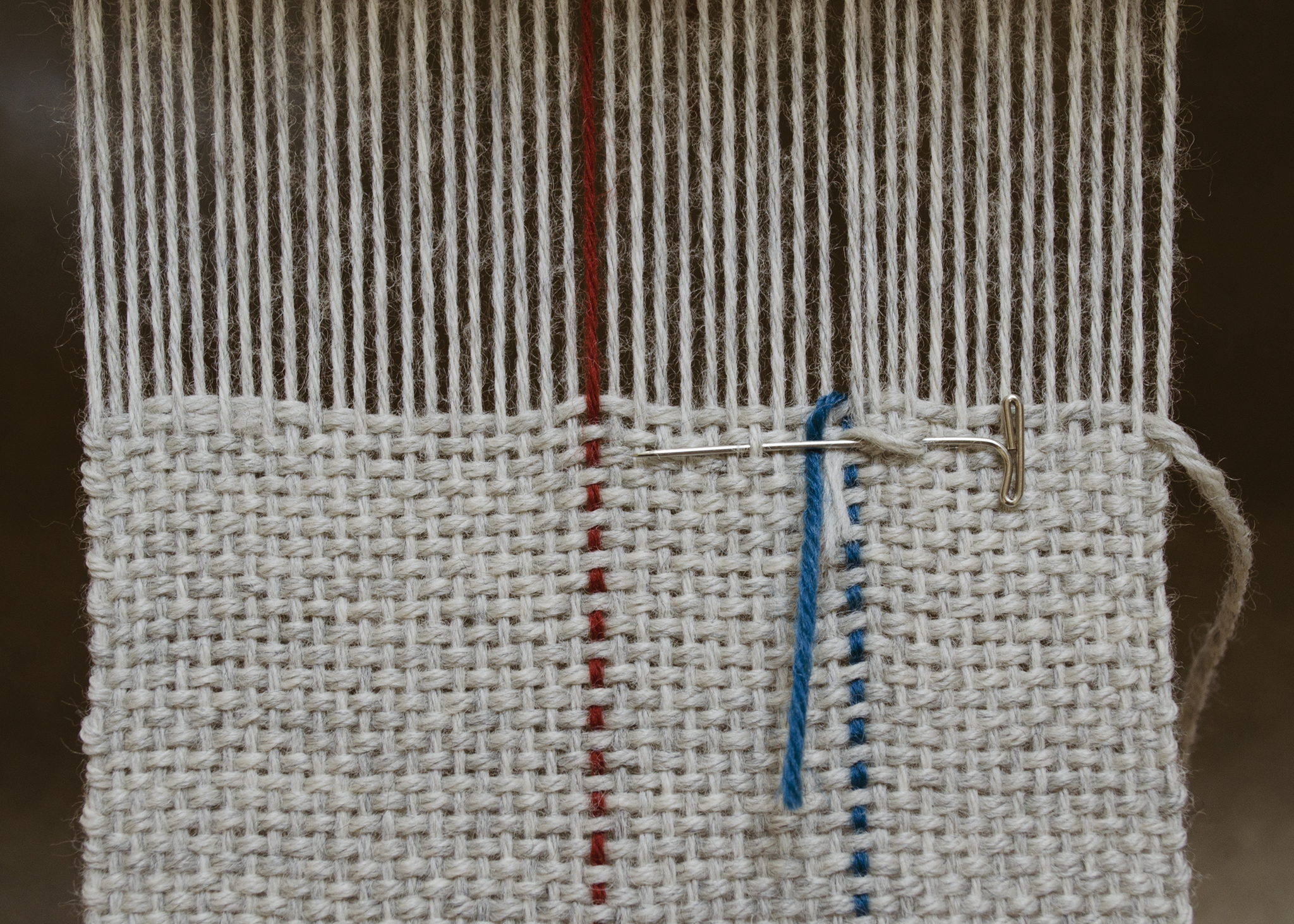In my last blog, I asked leaders to think about how they might liberate the minds of their staff teams. To adopt “intention” instead of “instruction” based leadership strategies. The notion of ‘intentionality’ has been at the fore of my thoughts for some time. Whilst discussing the benefits of digital tools, and training staff and students to maximise those benefits, I have been in the habit of asking leaders and teachers about their intended use of digital as part of wider school improvement ambitions.
Often, the responses have outlined a drive to integrate digital tools into classroom activity or develop digital literacy amongst staff and students. Recently, though, I was told “I want to see the devices used in every lesson”. It may seem counter intuitive, but I reacted negatively to such all-encompassing digital goals.
In another conversation, an early career teacher rightly asked me about the long-term effects of digital tool usage on younger children. The same question was often raised during the remote learning of 2020, when people
rightly worried about the negative impacts of too much screen time during Covid lockdown.
Both of these conversations were revealing about how important it is to discuss intention when planning the use of digital tools and technologies. To both, I responded in a similar way:
Our classroom teachers are professionals. They know our children and know how best to provide engaging, meaningful learning opportunities for them. Classroom teachers will look to provide a variety of experiences, some of which might be digital, most of which will be analogue. Indeed, you wouldn’t ask your students to write all day every day, or walk around with a bean bag on their head for hours on end. Everything in moderation allows for skills to be honed without negative side effects. The use of digital is no different.
On reflection, these conversations revealed more about competency than attitude. Just as would be done for outward-bound trips, planning is essential for a positive digital learning experience. Moreover, a robust Risk/Benefit Analysis is required to ensure any risks are mitigated where possible and worthwhile where not. In my experience, the best RBAs for trips are done by people who visit the site first, are clear about the learning goals and fully understand the activities which are planned, and are knowledgeable of the measures in place to keep children safe: outdoor education instructors have a depth of experience and expertise within that field that the average classroom teacher simply hasn’t and as such, the RBAs of teachers who work collaboratively with the instructors to plan the excursion are generally far more detailed than those written in the classroom. (Indeed, never mind analysing the risks, some dedicated teachers can struggle more than the pupils with the treetop ropes course or abseiling off a tower!)
One challenge with digital then, is that relatively few teachers have yet to build-up sufficient professional expertise and experience of digital tools to feel confident in planning meaningful experience, identifying the risks or providing digital safety. Central teams then, whether at local authority level or the
@DigiLearnScot team at Education Scotland, are charged with providing scaffolding and training across a range of topics and platforms, stretching their capacity and resources to the limits without really getting the chance to collaborate with the classroom teacher.
Some help may be at hand. In his book,
DigitalMinimalism, Cal Newport writes, “I am glad that we are worried about digital wellness but I think we have to go beyond small tweaks and hacks, and start thinking seriously about ‘What is the role of technology in our modern notion of the good life?’
And so I ask you, ‘What is the role of technology in our modern notion of good learning and teaching?’
By identifying the goal, we may avoid much of the risk. Either by reducing the potential for over-use or by avoiding the potential for misuse.
The idea of planning deliberate use of digital tools and technology might seem obvious, but when speaking to teachers across the country, I am regularly amazed by how many focus either on digital learning as the end result without fully considering why digital is the best medium for the planned learning activity (like the earlier conversation, the use is in itself the achievement). Almost as common are those who see the use of digital as little more than a threat to discipline or learning (without contemplating the opportunities to leverage rich learning experiences through strategic use of digital technology).
To those who simply view digital tool use as the ambition, I urge caution. As Newport remarked, “Simply put humans are not wired to be constantly wired”. If you are asking your young people to plug in, be sure to have a clear rationale for why.
To those, who see digital tools as little more than a distraction, disruption or hazard, I urge you to look for the benefits but embrace the principles of Digital Minimalism.
Digital minimalists see new technologies as tools to be used to support things they deeply value—not as sources of value themselves. They don’t accept the idea that offering some small benefit is justification for allowing an attention-gobbling service into their lives, and are instead interested in applying new technology in highly selective and intentional ways that yield big wins. Just as important: they’re comfortable missing out on everything else.
~ Newport, Digital Minimalism (2019)
I was given pause for thought during the
HarvardX Leaders of Learning course, when educator and PBS commentator David Thornburg’s observed, “We use to ask the question, 'What can I do with technology?' as opposed to 'What can I do now that I have technology?'"
There is no denying that digital tools can have a negative impact on focus. We see this every day in our classrooms as children and young people struggle to focus without checking their phones for a dopamine hit. Countering the lure of the phone may be one of our greatest challenges and one of our core responsibilities going forward. By embracing digital minimalism we do not reject the innovations of the internet age, but instead reject the way so many of us currently engage with these tools. In some ways, the tools themselves might even help us mitigate this addictive behaviour, through careful use of assistive technologies built-in to cut out distracting notifications or app usage. The deployment of centrally managed devices, like in Glasgow, the Borders and Edinburgh, might also stem the constant distraction by enabling tougher stances on unmanaged device use within schools (including phones). On breaking our reliance on attention-seeking tech, Newport has written extensively, illustrating how we might go about (re)building focus, training our brain: it starts with 20 minutes of avoiding distraction. Warning: It's not as easy as it sounds.
Beyond competing with social media, we must open learning experiences that have never been available before to enrich curricular and non-curricular offerings. Fundamentally, schools and councils will have to provide teachers with greater opportunities to develop their understanding of digital pedagogies and to explore the positive benefits of digital technologies.
My former colleagues in the Empowered Learning team at Edinburgh might provide an initial step for this. Their
#SAMRTuesday girds on Twitter support the intentional use of digital tools with clear planned purposes and worked-examples of using the
SAMR (Substitution, Augmentation, Modification, Reimagination) framework (created by Dr. Ruben Puentedura) to show how digital can enhance and even transform many aspects of learning and teaching.
Leveraging the power of digital in the classroom can improve outcomes for all our young people. But with great power comes greater risk, don’t run with those digital scissors in your hand. Embrace digital minimalism. Use it sparingly, build your competencies and wield your digital pedagogies intentionally.








